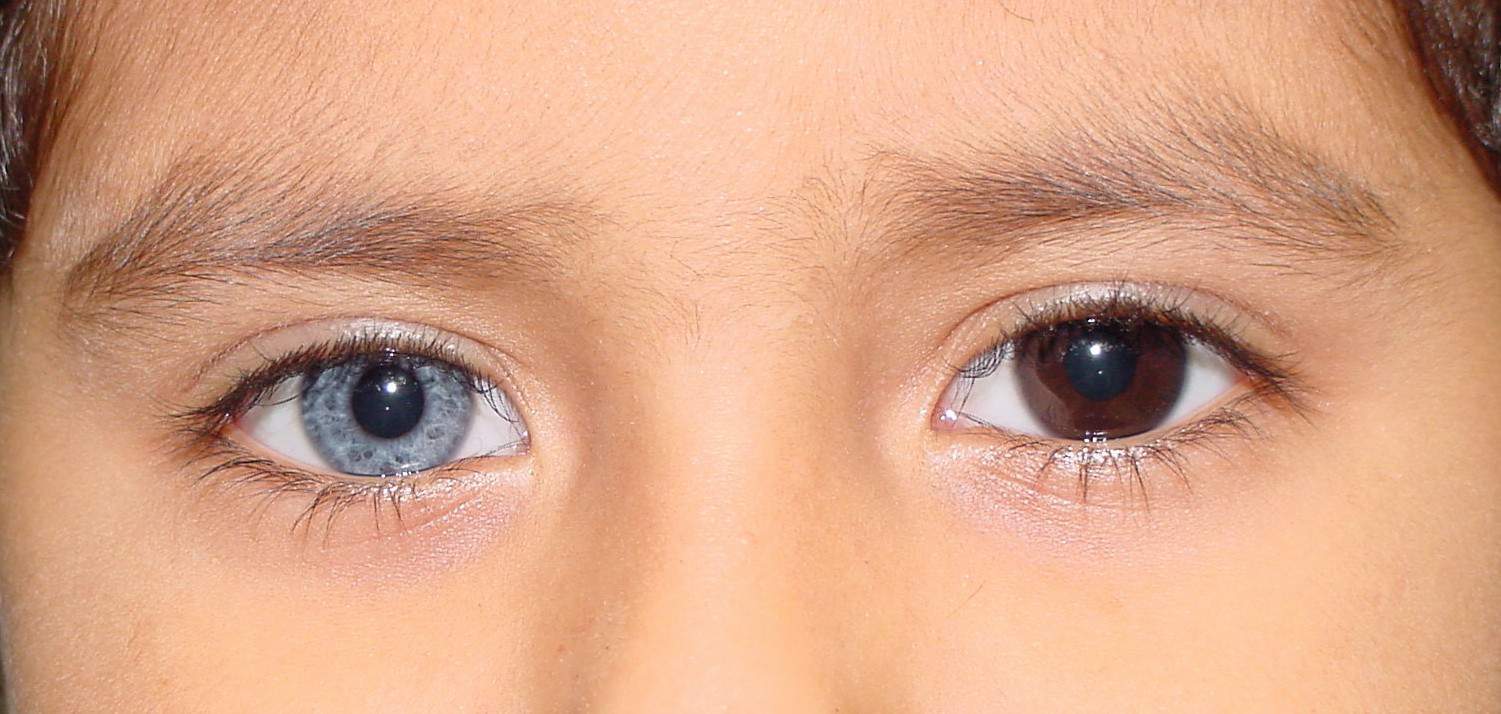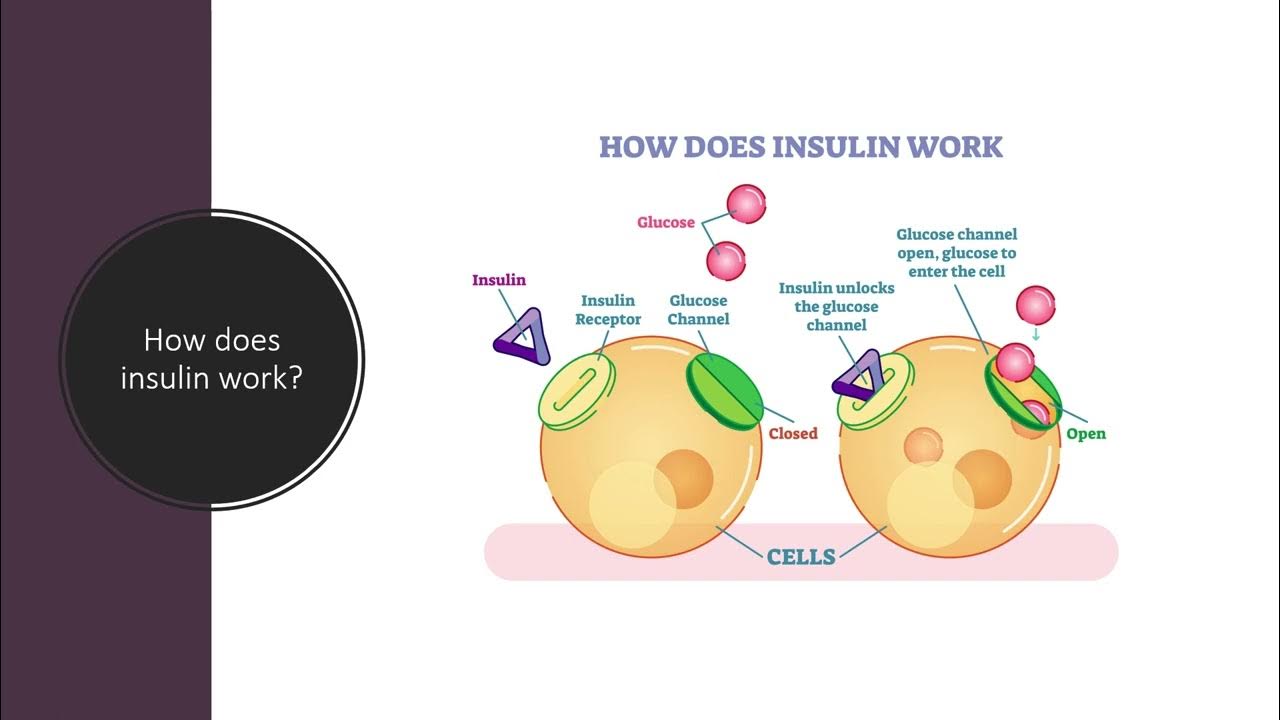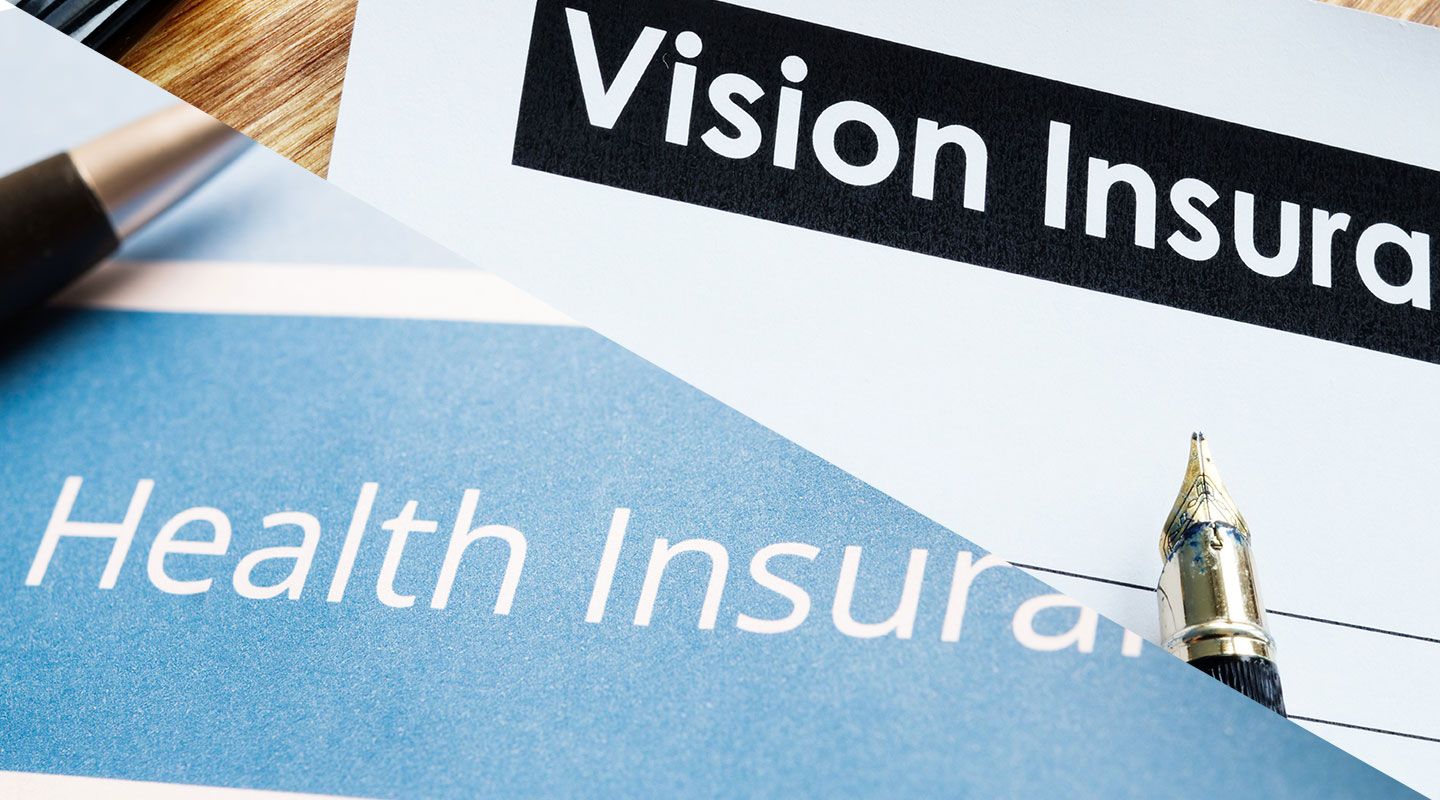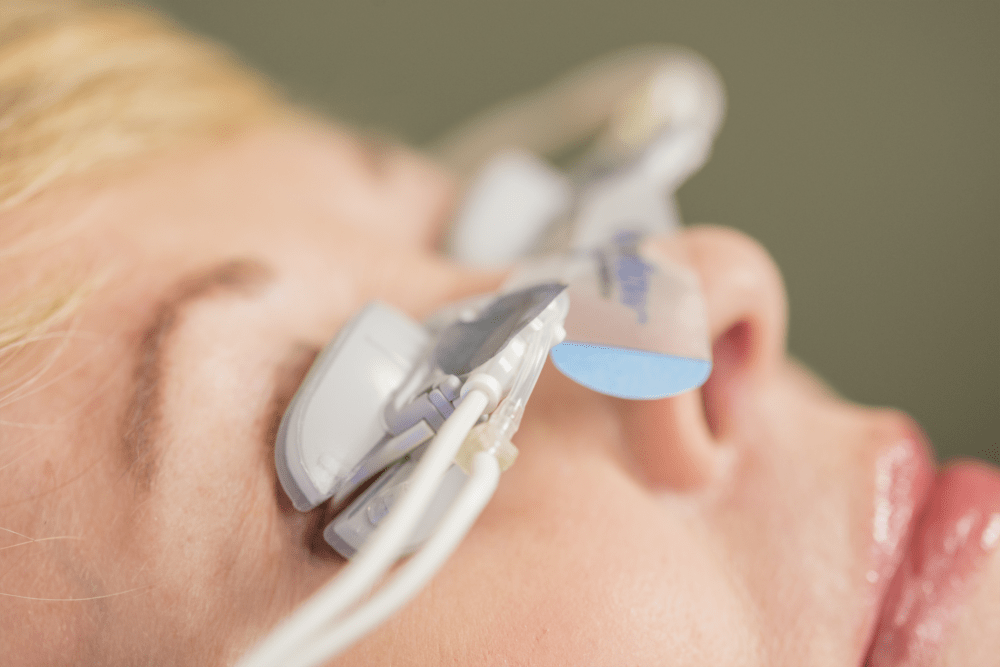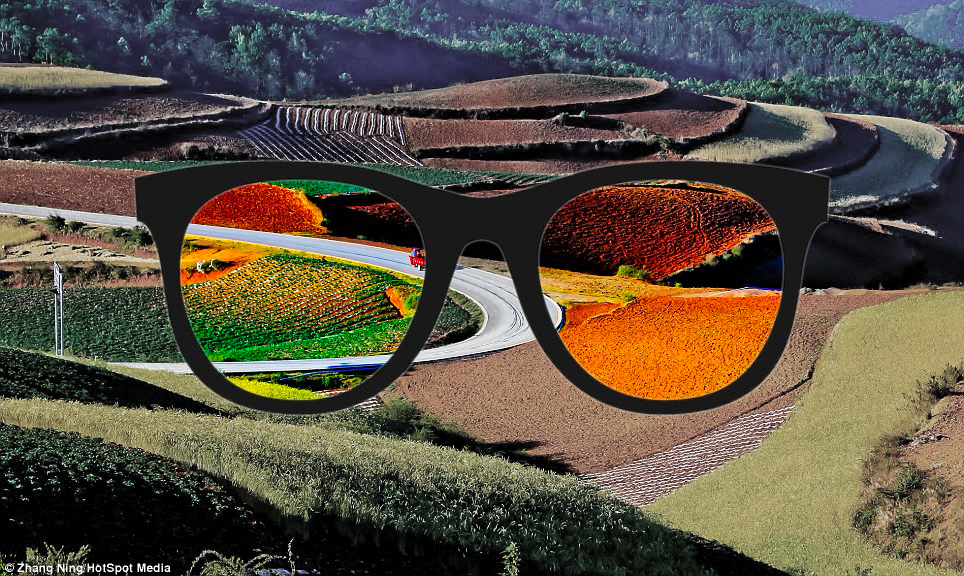Our eyes are constantly bombarded with digital screens, bright lights, and environmental pollutants in today’s fast-paced world. As a result, maintaining good eye health has become increasingly important. This is where vision insurance plays a crucial role, offering individuals and families access to comprehensive eye care services and financial protection for their visual well-being.
Vision insurance, or vision benefits or eye care insurance, is a specialized form of health coverage focusing specifically on eye care needs. It is designed to help offset the costs associated with routine eye exams, prescription eyewear (such as glasses and contact lenses), and even corrective eye surgeries like LASIK. Vision insurance promotes regular eye examinations by providing coverage for these essential eye care services. It encourages individuals to take proactive measures to safeguard their vision.
One of the key advantages of vision insurance is its emphasis on preventive care. Routine eye exams are essential for maintaining clear vision and detecting early signs of eye diseases and other underlying health conditions. Vision insurance plans cover these examinations, guaranteeing that policyholders can regularly consult eye care professionals. This ensures that skilled professionals can identify and resolve potential issues before they escalate into more severe conditions. This preventive approach to eye health can be particularly valuable for those with a family history of eye diseases or working in occupations that significantly strain their eyes.
Moreover, vision insurance provides substantial financial benefits. The cost of eyeglasses, contact lenses, and specialized lenses can be significant, especially when considering the need for regular updates or replacements. Vision insurance plans often include coverage for these vision correction aids, allowing policyholders to obtain the necessary visual tools at reduced costs. This saves individuals money and enables them to choose high-quality eyewear options that suit their style and visual needs.
Additionally, vision insurance can contribute to overall well-being. Poor vision can significantly impact an individual’s daily life, affecting their productivity, safety, and quality of life. Vision insurance can enhance an individual’s visual acuity and improve work or school performance by ensuring access to regular eye care services and affordable corrective measures. Moreover, maintaining good eye health is vital for driving safely and participating in various activities, such as sports or hobbies, without hindrance.
When considering vision insurance options, it is essential to understand the specific coverage provided by different plans. Some policies may limit the frequency of eye exams. In contrast, others might offer additional benefits like discounts on designer frames or specialized lenses. It is advisable to carefully review and compare various vision insurance plans to find one that suits individual needs and priorities.
Vision insurance has gained popularity in recent years as more individuals recognize the importance of comprehensive eye care. Employers often include vision insurance as part of their employee benefits package, recognizing its value in promoting wellness and productivity among their workforce. Moreover, standalone vision insurance plans are readily available in the market, catering to those who do not have access to employer-sponsored coverage.
What is the Difference Between a Vision Plan and Vision Insurance?
Regarding eye care coverage, two common terms often surface: “vision plan” and “vision insurance.” Although these terms may appear interchangeable, it is worth delving into their subtle distinctions. Let’s explore the dissimilarities between a vision plan and vision insurance to gain a clearer perspective.
A vision plan, or a discount vision plan or vision discount program, is a membership program that provides individuals with access to discounted eye care services and products. The vision plan functions on a fee-for-service model, where members make annual or monthly payments to access discounted rates at eye care providers within the plan’s network. These providers may include optometrists, ophthalmologists, and optical retailers.
The primary benefit of a vision plan is the cost savings it offers. Members can typically enjoy discounts on services such as eye exams, eyeglasses, contact lenses, and lens coatings. The discounts offered by vision plans can vary, ranging from a percentage off the regular price to a fixed reduction on specific products or services. Vision plans are often straightforward and do not involve complicated claims processes or deductibles. They are suitable for individuals who primarily need routine eye care and want to save money on their eye care expenses.
On the other hand, vision insurance is comprehensive coverage that includes a broader range of benefits related to eye care. Vision insurance plans are typically purchased as standalone policies or part of an employer’s benefits package. They function similarly to other health insurance plans, providing coverage for specific eye care services and products, subject to deductibles, copayments, and limitations outlined in the policy.
Vision insurance plans frequently cover routine eye exams and prescription eyewear like eyeglasses and contact lenses. In certain instances, these plans may also include coverage for elective procedures like LASIK surgery. They may even provide coverage for elective procedures like LASIK surgery. Depending on the plan, they may offer additional benefits such as coverage for specialized lenses, frames, or discounts on eye care products.
While vision insurance plans may require members to pay monthly premiums, they generally provide more comprehensive coverage and a higher level of financial protection than vision plans. This is especially true for individuals who have specific eye care needs, require regular visits to eye care professionals, or have pre-existing eye conditions that necessitate ongoing treatment.
It’s important to note that vision plans and vision insurance differ regarding the network of providers available. Vision plans typically have a network of participating eye care providers with whom they have negotiated discounted rates. Members are encouraged to seek services from these network providers to maximize their savings. On the other hand, vision insurance plans may offer more flexibility in provider choice, allowing members to visit any eye care professional, albeit with varying coverage and reimbursement levels.
The main distinction between a vision plan and vision insurance lies in the scope of coverage, cost savings, and provider network. Vision plans offer discounted rates on eye care services and products.
Vision insurance, on the other hand, provides more comprehensive coverage for a broader range of eye care services, often with the added flexibility of choosing preferred providers. Understanding these differences can empower individuals to make well-informed decisions tailored to their specific eye care needs and budgetary considerations.
Are Vision Savings Plans Worth It?
When managing healthcare expenses, individuals frequently explore avenues to save money without compromising the quality of care they receive. One often arising option is a vision savings plan, which aims to provide cost savings on eye care services and products. However, determining whether a vision savings plan is worth it depends on various factors that should be carefully considered.
A vision savings plan, also known as a discount vision plan or vision discount program, operates on a membership basis. Members pay an annual or monthly fee to access discounted rates on eye care services and products from participating providers. These plans offer benefits such as reduced prices on eye exams, eyeglasses, contact lenses, and other vision-related expenses.
The primary advantage of a vision savings plan is the potential for cost savings. By leveraging the negotiated discounts with network providers, members can receive eye care services and products at lower prices than out-of-pocket costs. This can be especially beneficial for individuals without vision insurance or those with high-deductible health insurance plans offering limited vision coverage.
Vision savings plans are relatively straightforward to use. They often do not involve complicated claims processes or deductibles, allowing members to access discounts simply by presenting their membership card at participating providers. This simplicity can appeal to individuals seeking immediate savings on routine eye care expenses.
However, it is crucial to carefully evaluate whether a vision savings plan is worth it based on individual needs and circumstances. Here are a few factors to consider:
- Frequency of eye care needs: A vision savings plan can be worth considering if you require regular eye exams or anticipate needing prescription eyewear or contact lenses. The potential savings on these recurring expenses can accumulate over time.
- Provider network: Evaluate the network of providers associated with the vision savings plan. Ensure that there are participating eye care professionals in your area and that they offer the services and products you require. If you have a preferred eye care provider, check if they are included in the network.
- Cost-benefit analysis: Compare the cost of the vision savings plan membership against the potential savings you would gain from using the plan. Consider your typical eye care expenses and calculate the projected savings to determine if the plan justifies the membership fee.
- Coverage limitations: Understand the limitations and exclusions of the vision savings plan. Some plans may have restrictions on specific services or products, which could limit the potential savings. Ensure that the plan aligns with your particular needs.
- Existing insurance coverage: If you already have vision insurance as part of your healthcare plan or through your employer, assess whether the additional savings from a vision savings plan would significantly enhance your overall cost savings. In some cases, the benefits provided by vision insurance may already be comparable or superior.
Ultimately, the value of a vision savings plan depends on individual circumstances. It may be a worthwhile option for individuals without vision insurance or those seeking immediate cost savings on routine eye care expenses. However, for individuals with comprehensive vision insurance or limited eye care needs, the benefits of a vision savings plan may be less significant.
Before enrolling in a vision savings plan, it is essential to carefully review the plan’s terms and conditions, consider your eye care needs, and assess the potential savings against the membership cost. By conducting thorough research and understanding your specific situation, you can decide whether a vision savings plan is worth it to you.
Read More


